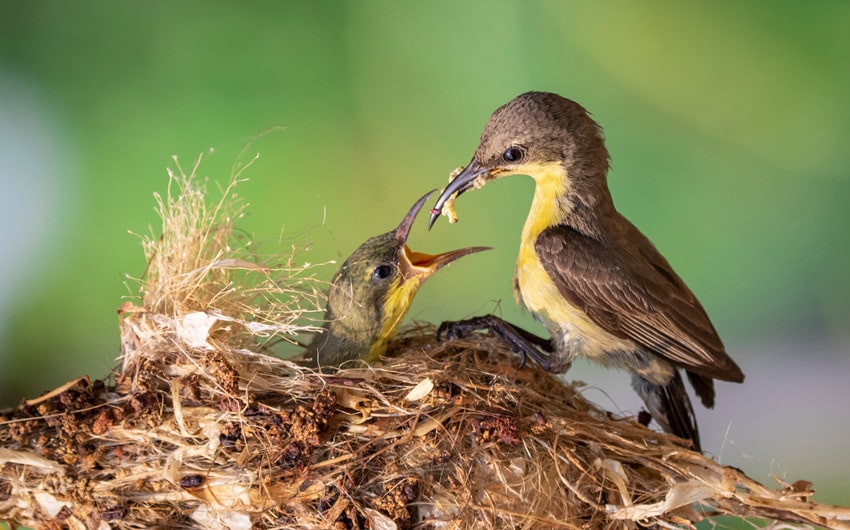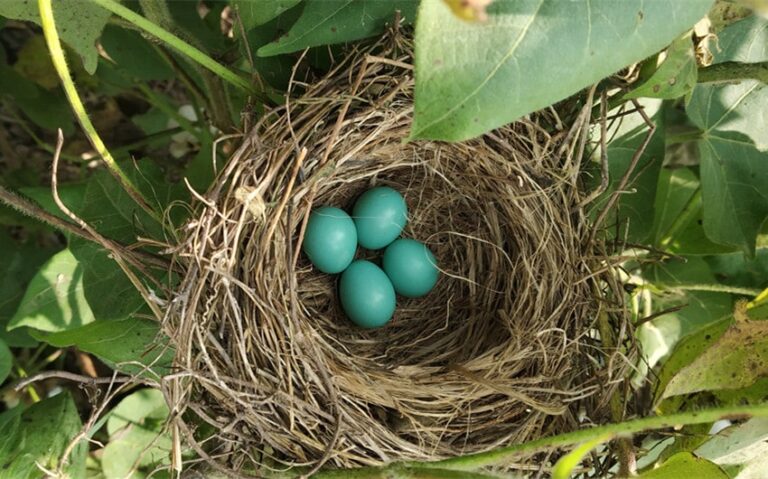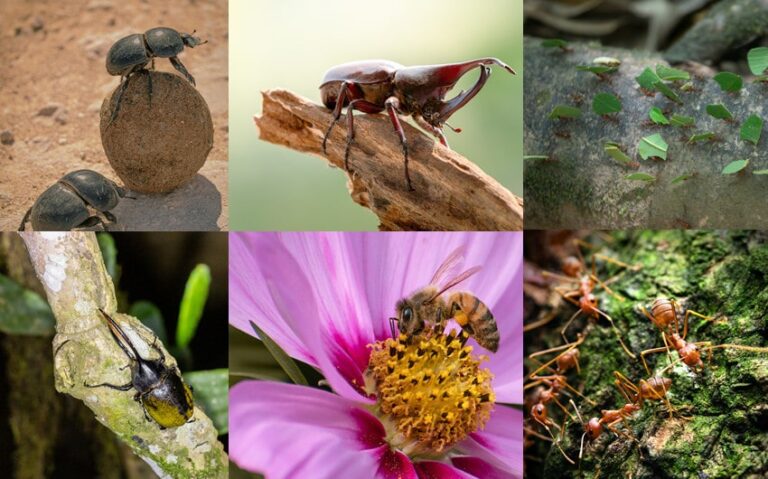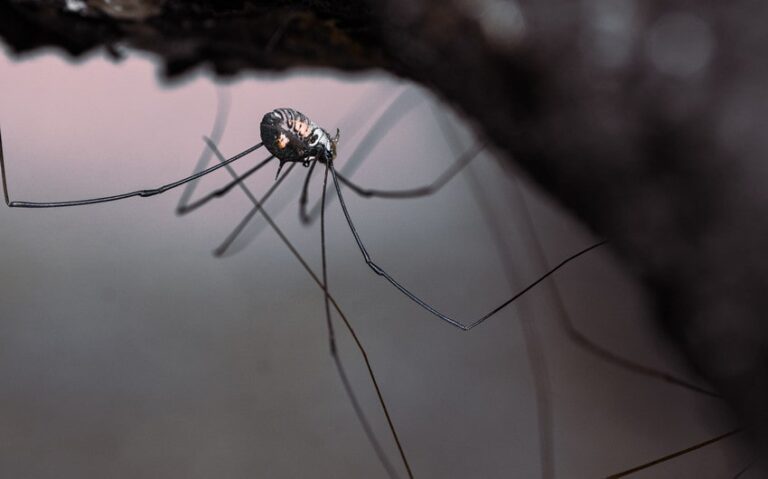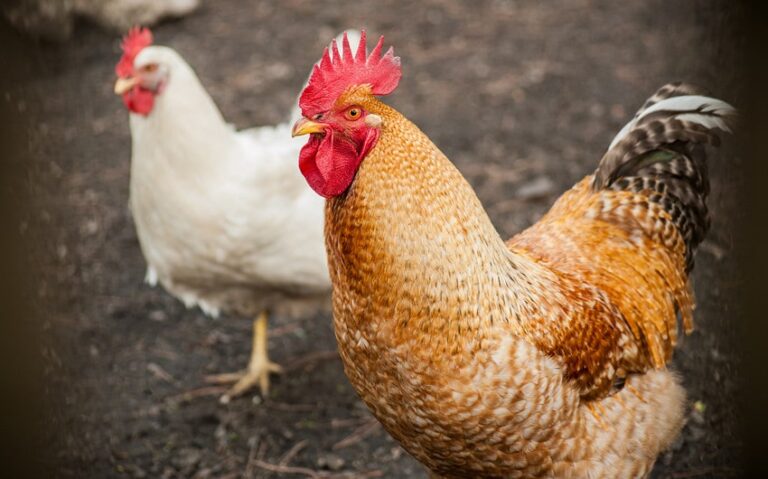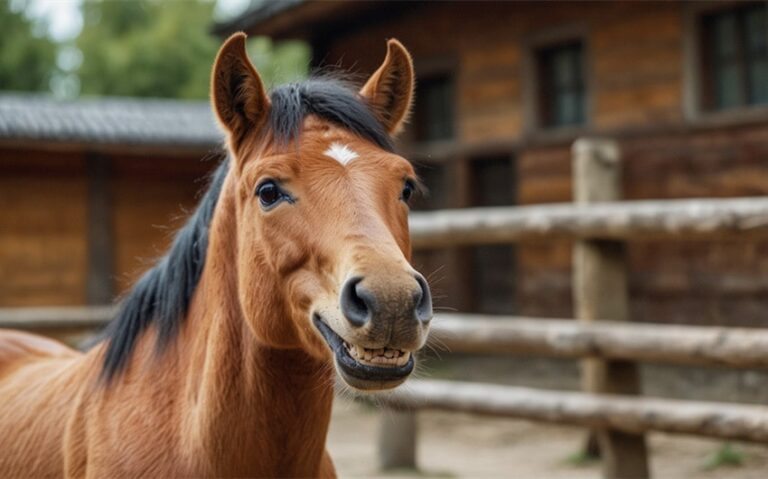What to Feed a Baby Bird: 6 Safe and Nutritious Choices
Finding a baby bird in need can be a heartwarming yet daunting experience. Knowing what to feed a baby bird is crucial for its survival and healthy development. Whether you’ve discovered an orphaned chick or a fledgling that needs temporary care, understanding their dietary needs is essential.
This guide will help you navigate the basics of feeding baby birds, ensuring they get the right nutrition to thrive. Let’s explore the best foods and feeding techniques to support these tiny creatures in their early stages of life.
Assessing the Situation

Before you decide to feed a baby bird, it’s crucial to assess the situation to determine if the bird truly needs assistance. Not all baby birds found on the ground require human intervention. Here’s how to make an informed decision:
1. Determine if the Bird is Truly Orphaned or Abandoned:
- Nestling vs. Fledgling: Identify whether the bird is a nestling (featherless or with sparse down, unable to hop, walk, or grip) or a fledgling (fully feathered, can hop, walk, and flutter but is still learning to fly). Fledglings are often found on the ground as they learn to fly, and their parents are usually nearby, continuing to care for them.
- Observe from a Distance: If you find a baby bird, observe from a distance for 30-60 minutes to see if the parents return. Parent birds frequently leave their young alone while they search for food, and intervening too quickly might separate the chick from its caregivers.
- Check for Injuries: Examine the bird for any visible injuries, such as broken wings, bleeding, or other signs of distress. An injured bird needs immediate attention from a wildlife rehabilitator or veterinarian.
2. Contacting a Wildlife Rehabilitator or Veterinarian:
- Professional Guidance: If you determine that the bird is truly orphaned or injured, contact a local wildlife rehabilitator or veterinarian who specializes in avian care. These professionals can provide specific guidance on the best course of action.
- Permits and Legal Considerations: Be aware that in many places, it is illegal to keep wild birds without a permit. Wildlife rehabilitators have the necessary permits and expertise to care for wild birds properly. They can ensure that the bird receives appropriate care and is eventually released back into the wild.
3. Temporary Care Measures:
- Warmth and Shelter: While waiting for professional help, keep the baby bird warm by placing it in a small box lined with soft tissues or a clean cloth. Avoid using materials that might tangle around the bird’s legs or feet.
- Safety: Keep the bird in a quiet, safe place away from pets and children. Handle the bird as little as possible to minimize stress and the risk of injury.
What to Feed a Baby Bird

Feeding a baby bird the right diet is crucial for its survival and healthy development. Different species have varying dietary needs, and it’s important to provide the appropriate food to ensure the chick gets the necessary nutrients. Here’s a detailed guide on what to feed a baby bird, including specific foods and the reasons why they are suitable:
General Guidelines:
- Species-Specific Diets: Each bird species has unique dietary requirements. Identifying the species is the first step to ensuring you provide the correct nutrition. If you’re unsure about the species, consult a wildlife rehabilitator or use online resources and bird identification guides.
- Avoid Harmful Foods: Certain foods that are safe for humans can be harmful or even fatal to birds. Avoid feeding baby birds bread, milk, whole seeds, and processed foods. These can cause malnutrition, digestive issues, or choking.
- Consistency: The food should be soft and easy to swallow, as baby birds cannot handle hard or dry food. Moisten dry food to a mushy consistency before feeding.
Specific Foods and Why They are Suitable
Feeding a baby bird the appropriate diet is essential for its growth and development. Different foods offer various nutritional benefits, and understanding these can help you provide the best care for a baby bird. Here’s a detailed look at specific foods that are suitable for baby birds and the reasons why they are beneficial:
1. Mealworms:
Nutritional Content: Mealworms are rich in protein, which is crucial for the development of muscles and tissues in baby birds. They also contain essential fats that provide energy necessary for growth.
Digestibility: Mealworms are relatively easy to digest, making them an ideal food for baby birds. They mimic the natural diet of many insectivorous species, ensuring the chicks receive familiar and appropriate nutrition.
Preparation: Mealworms should be chopped into small pieces for younger chicks to prevent choking. They can be fed live or dried, but live mealworms are often more appealing to baby birds.
2. Boiled Eggs:
Nutrient-Rich: Boiled eggs provide a high-quality source of protein and essential fats. They also contain important vitamins and minerals such as vitamin D, vitamin B12, and selenium, which support overall health and development.
Easy to Prepare: Boiled eggs are easy to prepare and can be mixed with other foods to enhance the nutritional profile. The eggs should be finely mashed to ensure they are easy for the baby bird to consume.
Versatility: Eggs can be used as a primary food source in emergencies or to supplement other foods, providing a balanced diet.
3. Moistened Dog/Cat Kibble:
Balanced Nutrition: High-quality dog or cat kibble is formulated to provide balanced nutrition, including proteins, fats, and carbohydrates. When soaked in water to soften, it becomes an excellent emergency food for baby birds.
Protein and Fat Content: These kibbles often contain meat as a primary ingredient, offering a good source of animal protein and fats necessary for growth. They also include essential vitamins and minerals.
Convenience: Moistened kibble is convenient and readily available, making it a practical choice for temporary feeding until specialized bird food can be obtained.
4. Chopped Insects:
Protein Source: Insects such as crickets, grasshoppers, and beetles are rich in protein and amino acids, which are crucial for the growth and repair of tissues in baby birds. They also provide fats and other nutrients essential for energy and development.
Natural Diet Mimicry: Feeding insects mimics the natural diet of many insectivorous bird species, ensuring the chicks receive appropriate nutrition that they would normally get in the wild.
Preparation: Insects should be finely chopped to make them easy to swallow and digest for young chicks. It’s important to avoid feeding hard-bodied insects whole, as they can pose a choking hazard.
5. Pigeon Milk Formula:
Species-Specific Nutrition: Pigeons and doves produce a substance known as “pigeon milk,” which is rich in proteins and fats. Specialized pigeon milk formula replicates this nutrient profile, providing essential nutrients that young pigeons need.
Growth Support: The formula supports rapid growth and development, ensuring the chicks get a balanced intake of macronutrients and micronutrients.
Digestibility: Pigeon milk formula is easy for young pigeons to digest, promoting healthy digestion and absorption of nutrients.
6. Raw Meat for Raptors:
High Protein Content: Raptors such as hawks and owls require a diet high in protein for their rapid growth and development. Small pieces of raw, unseasoned meat provide the necessary proteins and amino acids.
Essential Nutrients: Raw meat also supplies essential vitamins and minerals, including iron and calcium, which are critical for bone development and overall health.
Feeding Whole Prey: As raptors grow, they benefit from whole prey items like small mice or chicks. These provide not only meat but also bones and organs, offering a complete nutritional profile that includes calcium and other essential nutrients.
Feeding Techniques

Feeding a baby bird requires careful attention to ensure that the chick receives the right amount of food safely and effectively. Proper feeding techniques can prevent injuries and promote healthy growth. Here’s an in-depth look at the best practices for feeding baby birds:
1. Using Appropriate Tools:
- Syringes: Small syringes are ideal for feeding baby birds, especially for delivering liquid food or finely mashed food. Choose a syringe with a narrow tip to control the flow of food and avoid overfeeding.
- Droppers: Eyedroppers or pipettes can be used to administer small amounts of food, particularly for very young or small birds. They allow for precise feeding and help avoid spills.
- Spoons: For older or larger chicks, a small spoon can be used to offer food. Make sure the spoon is clean and smooth to prevent any harm to the bird’s beak and mouth.
2. Proper Feeding Posture and Technique:
- Positioning the Bird: Hold the baby bird gently but securely in your hand. Ensure the head is slightly elevated to prevent choking or aspiration of food into the lungs.
- Feeding Angle: Approach the bird from the side or the front, depending on the bird’s natural feeding behavior. Insert the syringe, dropper, or spoon gently into the side of the bird’s beak, simulating how parent birds feed their young.
- Slow and Steady: Administer food slowly, allowing the bird to swallow each portion before offering more. Rapid feeding can cause choking or aspiration.
3. Frequency and Amount of Feeding:
- Newborns (Nestlings): Newborn birds require frequent feeding, typically every 20-30 minutes from dawn until dusk. Their small stomachs can only hold a little food at a time, necessitating frequent meals.
- Older Chicks (Fledglings): As the bird grows, the feeding frequency can be reduced to every 45-60 minutes. Older chicks can handle larger amounts of food per feeding.
- Feeding Amount: The quantity of food varies based on the bird’s size and species. A general guideline is to feed until the crop (a small pouch in the bird’s throat) feels full but not overly distended. Overfeeding can cause discomfort and health issues.
4. Recognizing Hunger and Fullness:
- Signs of Hunger: Baby birds will often gape (open their mouths wide) and make begging calls when they are hungry. This is a natural behavior that stimulates feeding in parent birds.
- Signs of Fullness: A full crop is an indicator that the bird has had enough to eat. The crop should feel firm but not hard. If the bird stops begging and closes its beak, it may be a sign that it is full.
5. Maintaining Hygiene:
- Clean Tools: Always use clean feeding tools to prevent the spread of bacteria and diseases. Sterilize syringes, droppers, and spoons before and after each feeding.
- Handling with Care: Wash your hands thoroughly before handling the bird and preparing its food. Use disposable gloves if possible to maintain hygiene.
- Clean Feeding Area: Keep the feeding area clean and free from contaminants. Wipe down surfaces and dispose of any food scraps promptly.
6. Transitioning to Self-Feeding:
- Encouraging Natural Behavior: As the bird grows, encourage self-feeding by offering small pieces of food that the bird can pick up on its own. Place food in a shallow dish within the bird’s reach.
- Gradual Introduction: Gradually reduce hand-feeding sessions as the bird starts to eat on its own. This helps the bird transition smoothly to independent feeding.
- Observation: Monitor the bird’s progress and ensure it is eating enough on its own. Supplement with hand-feeding if necessary until the bird is fully self-sufficient.
7. Emergency Situations:
- Hydration: In emergency situations, ensure the bird stays hydrated. If the bird is dehydrated, offer small amounts of electrolyte solution (such as Pedialyte) with a syringe or dropper.
- Immediate Care: If you find a baby bird that is cold or unresponsive, warm it gently before attempting to feed. Place the bird in a warm, quiet environment to stabilize its condition.

